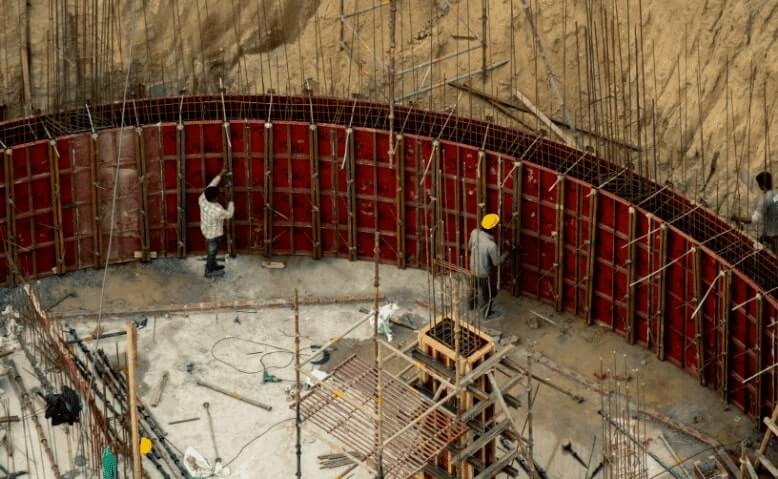How CPOs of Infrastructure Construction Project Developers in India Can Reduce Costs by 11%

Given their complexity, unique site conditions, massive scale, and long timelines, infrastructure projects often entail the potential for cost overruns—as seen in over 50% of Asian construction projects1. So, optimizing costs without compromising quality and duration is indispensable for the CPOs of infrastructure construction project developers in India.
This article discusses a five-pronged strategy to reduce infrastructure construction project costs by 11%.
Strategy Spotlight: The 5 Pillars
As outlined below, reducing project costs is a practice of streamlining key construction cost drivers.
Material Costs (↓ 0.02%)
One of the biggest reasons for project cost escalation is the rise in the prices of construction materials, especially crucial components like structural steel and TMT steel bars, which account for almost 40% of these costs. Strategically consolidating the vendor base and forging stronger partnerships with a single supplier is one avenue for saving nearly 5% on material costs, potentially lowering the total project cost by 0.02%.
Civil Work Costs (↓ 0.04%)
Encompassing several activities, including excavation, site preparation, and reinforcement installations, civil works constitute approximately 20% of project expenditure. Here, too, by following the vendor consolidation approach, especially for suppliers of earthworks and foundations, infrastructure developers can save an additional 2%, which translates into a noteworthy 0.04% total cost reduction.
Procurement Process Costs (↓ 0.03%)
Representing over 10% of your bill of quantities (BoQ), delays in quote solicitation, order placements, and material deliveries can significantly inflate project estimates. By adopting catalog-priced pricing, which standardizes order and inventory management while easing payment processing, CPOs can downsize their massive procurement teams to 3, yielding 30% cost savings on labor expenses. This will rein in the project costs by an additional 0.03%.
Project Finance Costs (↓ 5%)
Considering how most infrastructure development projects are financed using debt—at times, to the extent of 80% of the project cost–at high-interest rates, with the ballpark figure averaging 10% compound interest, minimizing these interest payment outflows is another option. Embracing pre-engineered and pre-fabricated buildings is one way out. While initially, these innovative buildings will raise material costs by 10%, they will also help complete the construction schedule at least 10-15 weeks ahead of schedule. By saving 10% on 4 months of project finance costs, you stand to realize a substantial 5% net savings on project costs.
Indirect Procurement (↓ 5%)
Cost savings can also be achieved by bringing down indirect procurement costs involved in the acquisition of safety goods, electrical & cables, ductile iron pipes, and other items that support the core construction process. Consolidating the vendor base by singling out a single provider from the top construction raw material suppliers in India can save an additional 5% in costs after accounting for their 20% share in the project costs.
Charting a Cost-Efficient Course in Infrastructure Construction
Identifying the potential causes of cost overruns is important for CPOs of infrastructure construction projects to implement efficient plans and drive business growth. By executing vendor consolidation strategies, adopting catalog pricing, and using pre-engineered buildings, they can improve their bottom line by a colossal 11%. Moglix can help you achieve this and more through its EPC solutions, which end-to-end automate your source-to-site procurement processes for all types of infrastructure projects.
Write to us at info@moglixbusiness.com to learn more.
